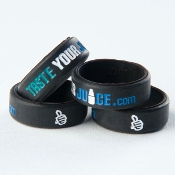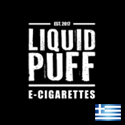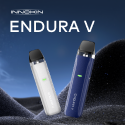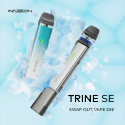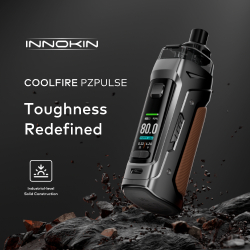
FDA ISSUES NEW GUIDANCE: PERMITS SAFETY INNOVATIONS FOR PRE-8/8 PRODUCTS
Guidance Finally Permits Battery Modifications for Devices and
Flow Restriction Modifications for E-Liquids
November 25, 2019 – Washington, D.C. Over the past two years, VTA has repeatedly encouraged FDA to modify its August 8, 2016 innovation freeze. FDA’s strict August 8, 2016 deadline has prevented the introduction of any new products into the market, including any changes to any existing product that are not put through the multi-million-dollar, multi-year PMTA process. This means that even safety innovations, which in any other industry could be introduced into products rapidly, were barred by FDA.
VTA first raised this issue with then new Commissioner Scott Gottlieb during VTA’s first meeting in January 2018. In a follow-up meeting with FDA in June of 2018, VTA focused primarily on the important technological device advancements available in other parts of the world and the need for FDA to permit those technological modifications to enhance product safety and/or quality. VTA also submitted similar comments to FDA addressing this issue. Also, at its national conference in the summer of 2018, VTA placed a major emphasis on battery safety and was pleased to have Underwriters Laboratories present on their new UL 8139 standard.
Then, this year when the Consumer Product Safety Commission (CPSC) began enforcing a restricted flow requirement, VTA met directly with CPSC leadership but also raised the critical issue with FDA, explaining that the CPSC restricted flow requirement forced companies to modify products in a way that violated the FDA’s August 8, 2016 innovation freeze.
Today, the FDA finally responded and addressed the concerns that VTA has been raising. FDA made available a new Guidance for Industry entitled “Compliance Policy for Limited Modifications to Certain Marketed Tobacco Products” (Guidance). In the Guidance, FDA announces that it will exercise enforcement discretion to permit two types of modifications to new tobacco products that were on the market on August 8, 2016, and therefore covered by FDA’s current compliance policy for the premarket review requirements of the Federal Food, Drug, and Cosmetic Act:
- Modifications to battery-operated tobacco products solely to comply with UL 8139 (defined below); and
- Modifications to liquid nicotine products solely to comply with the Child Nicotine Poisoning Prevention Act of 2015 (CNPPA) flow restrictor requirements for liquid nicotine containers.
Device Manufacturers: Battery Modifications
FDA notes that there have been numerous reports of adverse experiences resulting from electronic nicotine delivery system (ENDS) battery failures. To address these concerns, UL (formerly known as Underwriters Laboratories), along with the U.S. Consumer Products Safety Commission (CPSC), FDA, Health Canada, the American National Standards Institute (INSI), and industry stakeholders, developed a voluntary industry standard, ANSI/CAN/UL 8139 Standard for Safety for Electrical Systems of Electronic Cigarettes and Vaping Devices (UL 8139).
The Guidance states that, for tobacco products that were on the market on August 8, 2016, and are modified solely to the extent necessary to comply with UL 8139, FDA does not intend to initiate enforcement action against such modified products on the basis of those modifications, which may include, but are not limited to:
- Addition of protective circuits and controls;
- Use of a different battery or cell;
- Changes to the wiring, terminals, fuses, or insulation;
- Modifying the product to incorporate 2-step activation;
- Changes to the housing material or construction to meet flammability, crush resistance, water exposure, venting, and temperature test requirements;
- Changes to the battery compartment to prevent user access to the battery or cells;
- Changes to the product design so that venting is away from the mouthpiece;
- Changes to the printed wiring boards to meet flame and temperature ratings; and
- Any other changes recommended under UL 8139.
Changes to the product that FDA indicates are not necessary to comply with UL 8139, and thus outside the scope of this enforcement discretion policy, include, but are not limited to:
- Changes to the coil design or other heating element (e.g., number of coils, material, resistance, length, or diameter);
- Changes in the wicking material or amount;
- Changes in the power supplied to the product (i.e., no changes to the number of batteries or cells); and
- Changes to the method of aerosolization of the e-liquid.
FDA recommends that, for products modified to comply with UL 8139 prior to the submission of a PMTA for the product, manufacturers submit a single application that describes both the product that was on the market on August 8, 2016, and the modified product. For a product modified after the submission of a PMTA, FDA recommends that the applicant file an amendment to the PMTA that describes the modifications implemented for UL 8139 compliance.
E-Liquid Manufacturers: Addition of Flow Restrictors to Liquid Nicotine Products
Effective July 26, 2016, the CNPPA requires that liquid nicotine containers that are “accessible through normal and foreseeable use by a consumer” (i.e., not sealed, pre-filled disposable containers inserted directly into ENDS devices) comply with the “special packaging” standards defined in the Poison Prevention Packaging Act. These standards require use of both child-resistant caps and flow restrictors, which are typically adapters added to the neck of a bottle to limit release of a liquid. 16 CFR 1700.15.
FDA notes that on March 8, 2019, the CPSC issued a letter to industry, “Nicotine Packaging Test Parameters,” providing the testing parameters that CPSC staff will use to assess compliance with the restricted flow requirement in 16 CFR 1700.15(d). On August 15, 2019, CPSC staff provided supplemental information on testing liquid nicotine packaging for rigid (i.e., glass) containers.
The Guidance states that, for liquid nicotine products that were on the market on August 8, 2016, and are modified solely to the extent necessary to comply with the CPSC restricted flow requirements, FDA does not intend to initiate enforcement action against such modified products on the basis of those modifications. FDA recommends that, for products modified in this manner prior to the submission of a PMTA, manufacturers submit a single application that describes both the product that was on the market on August 8, 2016, and the modified product. For a product modified after the submission of a PMTA, FDA recommends that the applicant file an amendment to the PMTA that describes the modifications implemented for CNPPA compliance.
VTA will continue to press FDA and the Administration for common-sense changes to its antiquated regulations that recognize the importance of regulating ENDS products as the technology products that they are, rather than as the cigarettes that they are trying to replace.







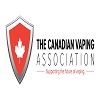
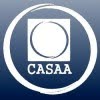

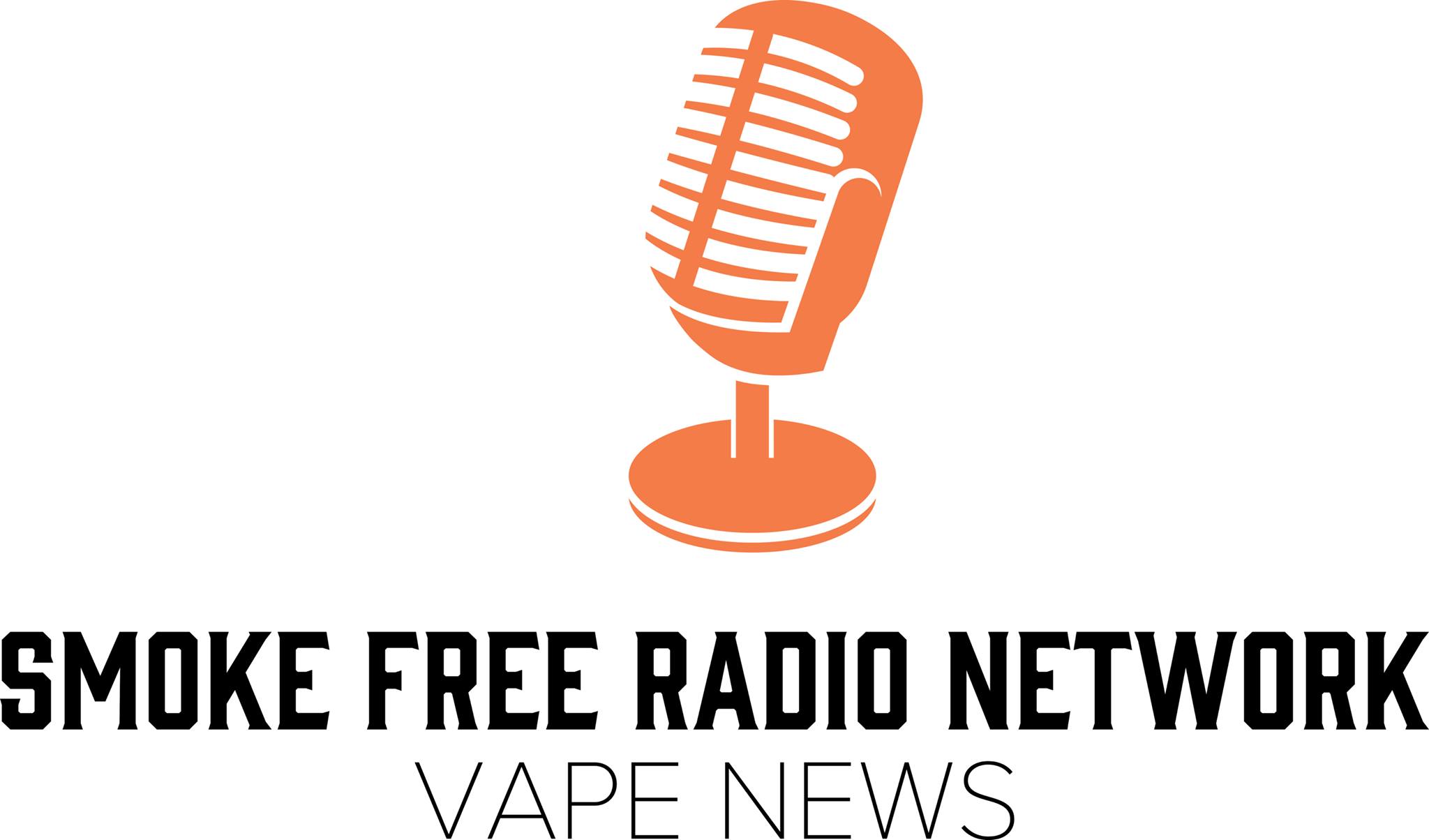
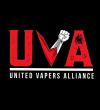

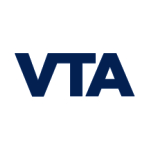
 Store
Store
